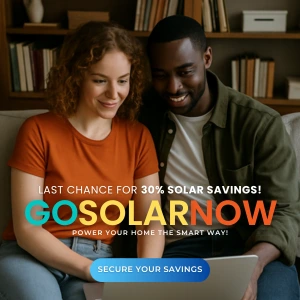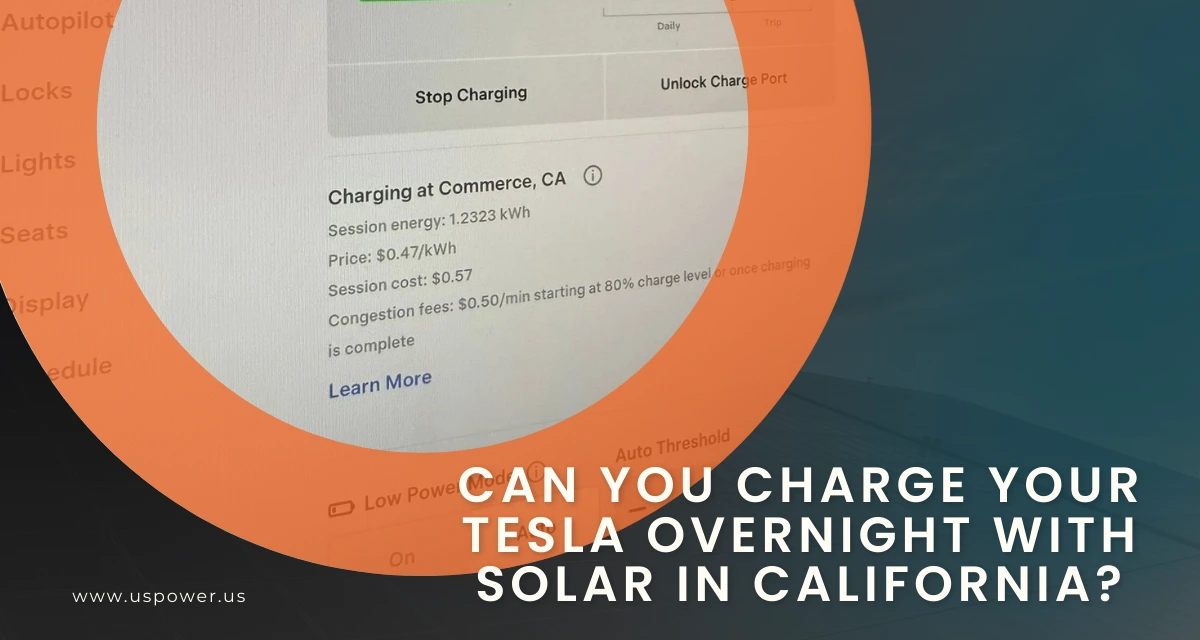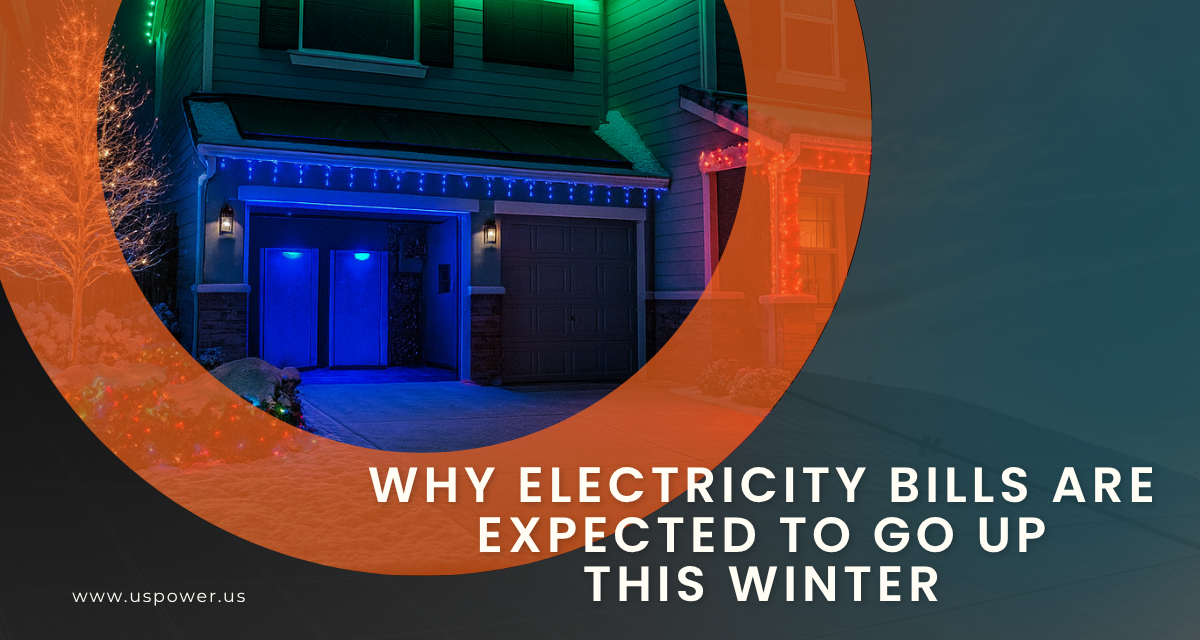Prepare Your Home for Winter Power Outages with QCells

Solar and Roofing Advisor
Prepare your home for winter outages. Learn how QCells solar panels and batteries from US Power keep you safe, warm, and energy-independent year-round.
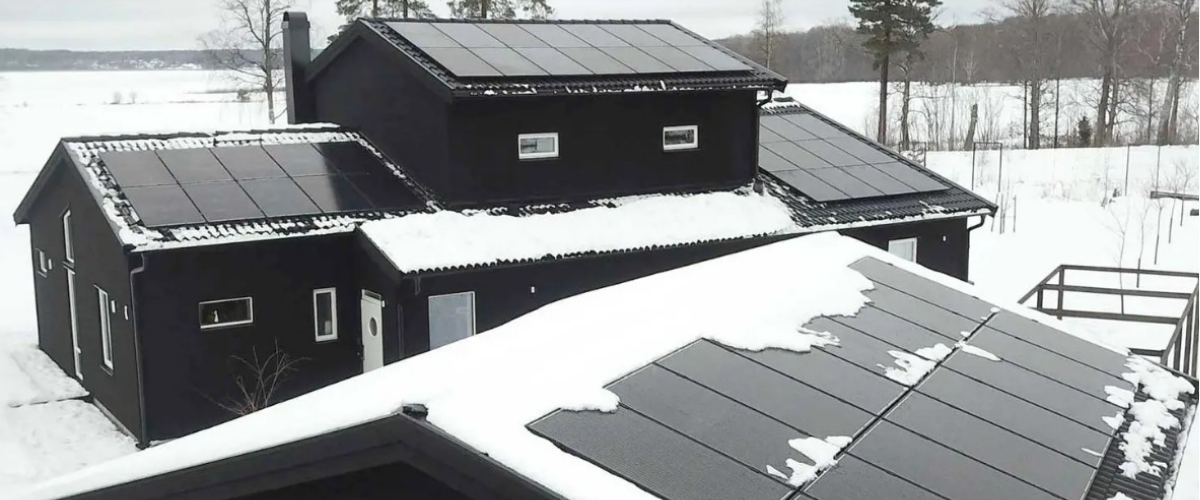
When the lights go out, is your home left in the dark? With winter storms, grid stress, and public safety power shutoffs (PSPS) becoming more common, preparing now can mean the difference between staying safe and scrambling in the cold. At US Power, we specialize in solar + storage solutions built for resilience — so you don’t have to cross your fingers when the next blackout hits.
The Southern California Winter Paradox
Southern California may not conjure images of snow and freeze, but winter still brings challenges:
- Storms, wind, and lightning can damage lines or knock out circuits.
- Grid stress and demand peaks push utilities to use rolling outages or PSPS to protect infrastructure.
- Aging infrastructure in some service areas is more vulnerable under extreme conditions.
The California Independent System Operator (CAISO) now uses an “Extreme Weather Playbook” to forecast and manage hourly risks over eight days ahead. Yet despite improved planning, local outages still occur — especially in peripheral and mountainous areas.
You can’t assume blackout immunity just because you live in SoCal. Preparing matters.
The Real Risks of Winter Blackouts at Home
During a blackout, here’s what can go wrong — and how unprepared homes suffer:
| Risk | Consequence | Impact on Home |
|---|---|---|
| No heat/cooling | Indoor temps drift | Discomfort, even health risk for vulnerable household members |
| Lights out, electronics off | Loss of visibility, communication | Phones, routers, security systems go dark |
| Food spoilage | Refrigerator and freezer warming | Food loss, supply disruption |
| Medical equipment offline | Life-sustaining devices may shut down | Risk for those with medical needs |
| Water pressure or pump failure | In areas relying on pumps | No water or low pressure |
During an outage, utilities advise unplugging appliances (to avoid surge damage) and ordering usage once power returns. But that still leaves you powerless during the event itself.
The Smart Answer: Solar + Storage as Your Blackout Shield
This is where solar + battery systems shine (literally). When your home has the right setup, you can ride out blackouts with:
- Critical-load backup (lights, fridge, outlets)
- Seamless transitions via automatic transfer
- Independence from the grid during outages
Many solar installations without battery storage can’t operate when the grid is down — the inverter shuts off for safety. Your system needs islanding or backup capability.
Why QCells + US Power is Ideal for SoCal Winter Prep
- Top-tier efficiency: QCells panels reach ~22.5% efficiency — among the top in the industry.
- Factory-direct pricing: No middlemen, lower cost per watt
- American-made credibility: QCells is one of the first solar panel makers to earn EPEAT environmental certification.
- Strong warranties and support: Built for performance and longevity
- Local installation across Southern California: We know your climate, incentives, and grid conditions
With US Power, you’re not just buying panels — you’re buying a blackout defense system.
4. A Step-by-Step Winter-Ready Action Plan
Here’s how homeowners should prepare now — before power goes out:
- Package your emergency kit
Include: flashlights, extra batteries, first aid kit, battery-powered radio, USB power banks, and minimum three days’ water & nonperishable food. - Protect sensitive electronics
Use surge protectors or UPS (uninterruptible power supply) for computers, routers, medical devices. - Select your essential loads
Determine which circuits/appliances you must keep on (lights, fridge, medical, communications). Your battery system can be sized around these. - Install solar + battery with true backup mode
Work with a certified installer who configures islanding, transfer switches, and assures compliance with safety codes. - Sign up for outage alerts & notifications
Many utilities offer Text or app alerts for PSPS events. - Test your system before winter sets in
Simulate an outage. Let your battery take the load, check switching times, and ensure everything works smoothly. - Monitor and maintain
Keep panels clean. Inspect battery health and inverter diagnostics. Early detection avoids full failure in a storm.
Incentives, Timing & ROI — Why 2025 Is the Final Year to Act
The clock is ticking for homeowners who want to maximize their solar savings.
Under the Residential Clean Energy Credit (Section 25D), homeowners can still claim a 30% federal tax credit on eligible solar and battery storage systems — but only through December 31, 2025. After this deadline, the residential credit expires completely unless new legislation extends it.
That means 2025 is the last full year to lock in one of the most valuable incentives the solar industry has ever offered.
Here’s what to know:
- 🏡 30% Federal Solar Tax Credit ends after 2025 — systems must be installed and operational by December 31, 2025.
- ⚡ California homeowners can stack local rebates (like SGIP for batteries) to offset even more of the upfront cost.
- 💰 Delaying could cost thousands as panel, inverter, and labor prices are expected to rise once the credit expires.
- ⏱ Permitting and interconnection backlogs can delay projects for months — scheduling early ensures eligibility.
- 🔋 Solar + battery systems protect against TOU rate hikes and provide long-term energy resilience during blackouts.
The U.S. solar market remains strong in 2025, but industry analysts warn of a surge in demand before the federal credit sunsets — pushing prices and installation timelines higher.
Bottom line: Installing solar and storage now means locking in your 30% federal credit before it disappears, while gaining blackout protection and long-term energy independence.
SoCal Homeowners Works with Solar Companies like US Power
Imagine a winter storm hits your neighborhood and knocks out power for 12 hours. Your solar system (combined with battery) automatically detaches from the grid and powers your essential circuits. Lights stay on, fridge runs, communication devices stay active — all without interruption.
Meanwhile, neighbors using portable gas generators have noise, fumes, and less reliable output. You skip all of that hassle.
Don’t wait until the next blackout to realize you're unprepared — winter will come. At US Power, we’re committed to equipping Southern California homes with solar + storage systems that withstand outages, save you money, and maximize energy independence.
Ready to winter-proof your home? Schedule an appointment with our Solar Consultants for a free blackout-resilience assessment using our exclusive QCells factory-direct pricing. Let’s lock in your 2025 incentives and keep your lights on — even when the grid goes dark.
— US Power: Your Solar Partner for Power, Protection & Peace of Mind —
Related Articles
Our Related Blogs
Tesla charging, Supercharging, and solar energy savings made easy for homeowners.
No tax credit? No problem—Ford’s latest EV shows innovation still drives the future.
Cut holiday power costs during winter rate hikes with US Power solar savings.
Our Solar and Roof Brand Partners








We empower communities and businesses to harness clean, renewable solar energy solutions that drive sustainable growth.
Ready to Own Your Power? Call us today!
818-650-8010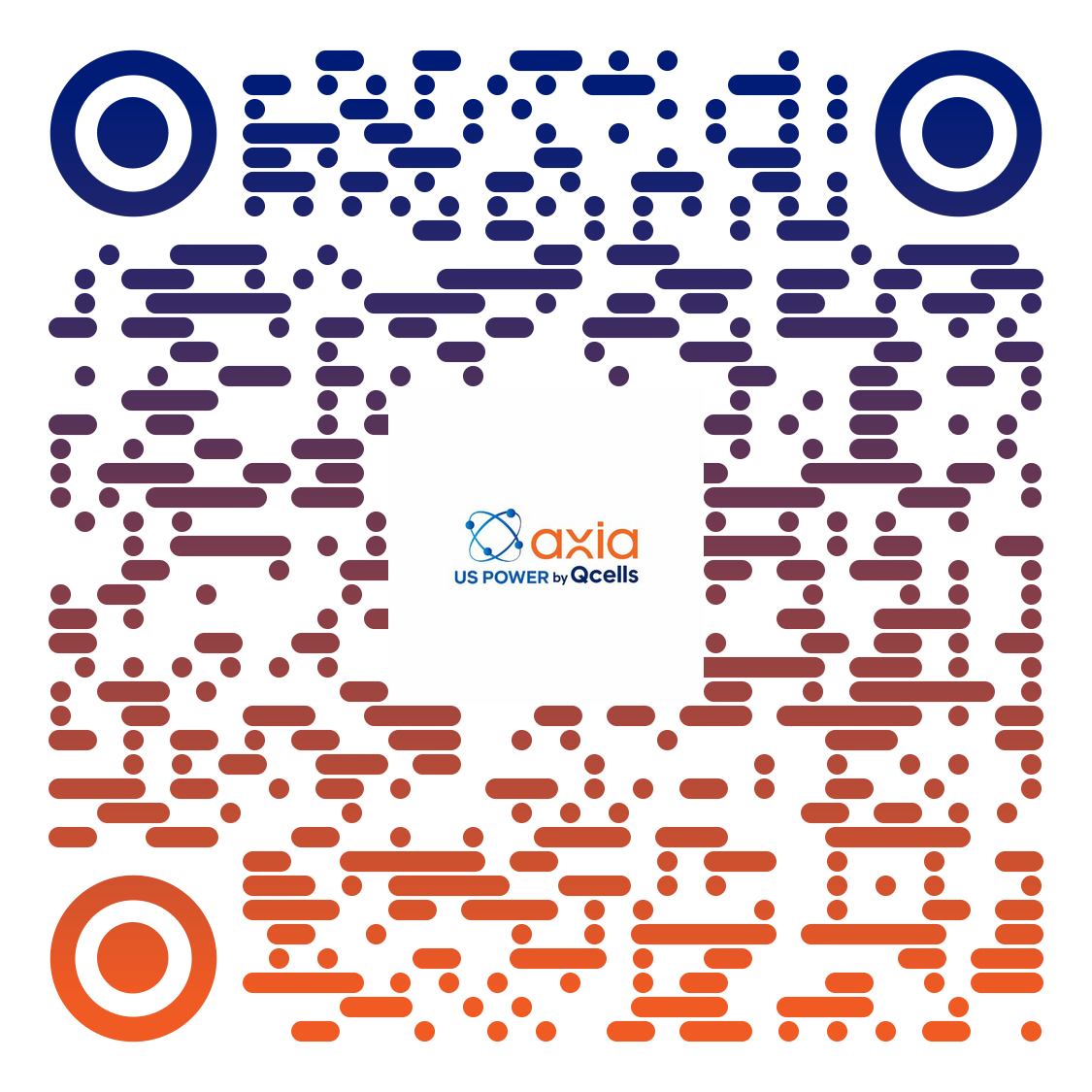
Copyright © 2025 US Power - Axia by QCells. All Rights Reserved.
Privacy is important to us, so you have the option of disabling certain types of storage that may not be necessary for the basic functioning of the website. Blocking categories may impact your experience on the website.
Essential
These items are required to enable basic website functionality.
Personalization
These items allow the website to remember choices you make (such as your user name, language, or the region you are in) and provide enhanced, more personal features.
Marketing
These items are used to deliver advertising that is more relevant to you and your interests.
Analytics
These items help the website operator understand how its website performs, how visitors interact with the site, and whether there may be technical issues.
We and our third-party partners use cookies and other technologies to enhance and track your experience on this site, conduct analytics, and personalize marketing to you. By using the site, you agree to our use of these technologies, including recording and monitoring your interactions with the site.
Get an instant solar estimate using satellite!

